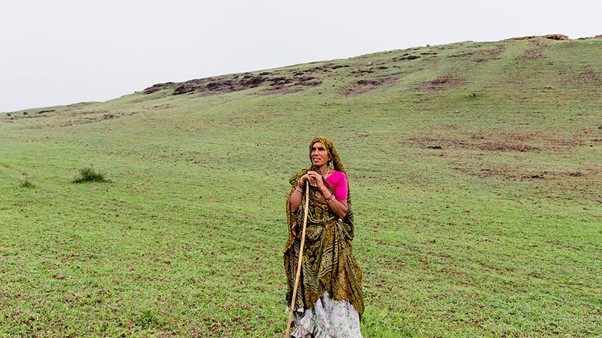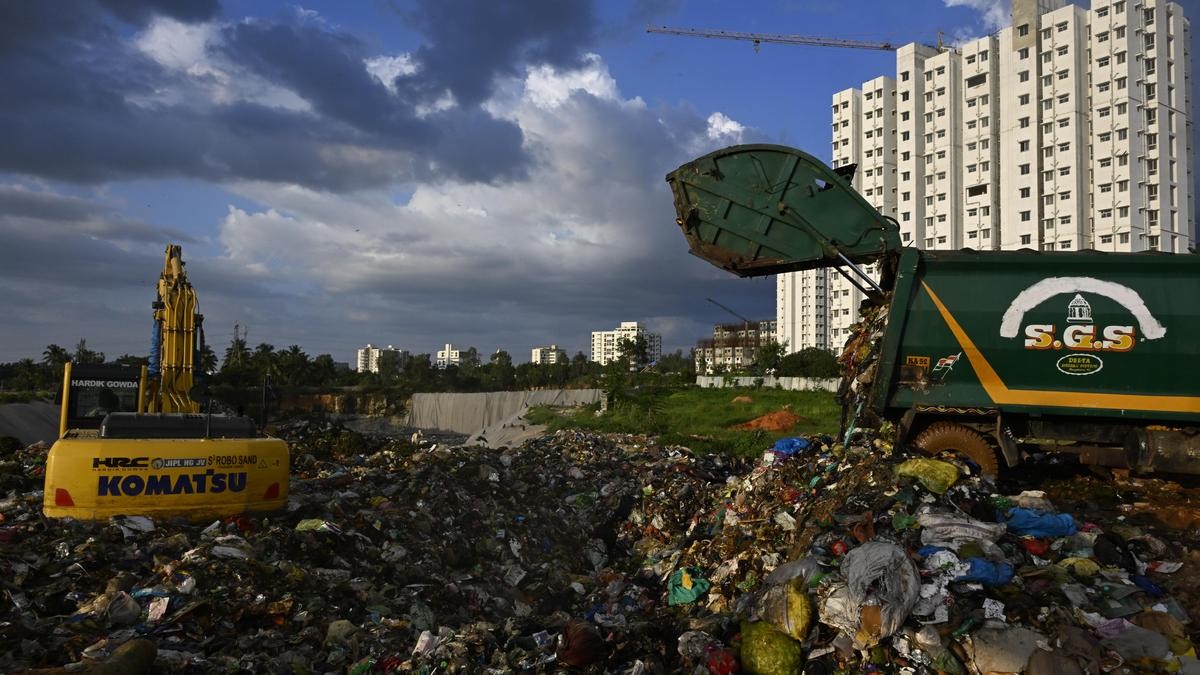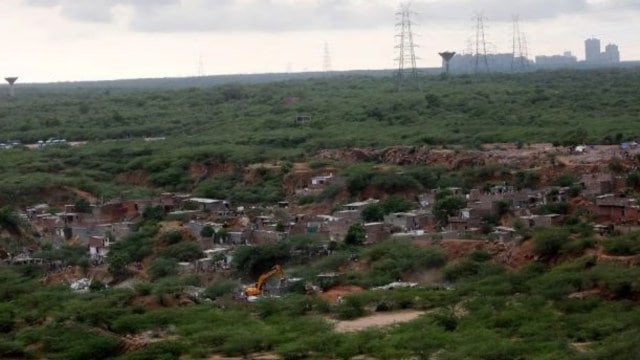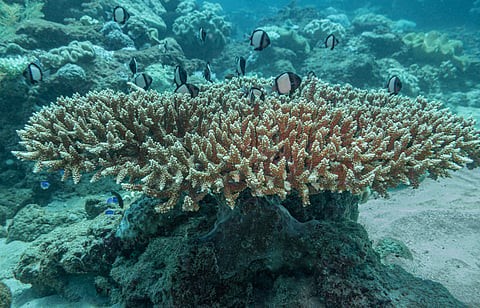Description
Context
India receives 8% more monsoon rains this year than normal.
What are calamities?
Calamities are sudden and severe events that cause widespread damage, destruction, or distress, often affecting people, property, and the environment.
How forecast can help in prevention of Calamities?
- Early Warning Systems: Forecasts provide advance notice of potential disasters, for e.g.- Weather forecasting can predict cyclones days in advance, allowing for mass evacuations and resource mobilization.
- Forecasting: It helps identify high-risk zones and vulnerable populations through data analysis, for e.g. Flood forecasts guide the construction of levees, dams, and drainage systems in flood-prone areas.
- Planning: Governments and agencies use forecasts to develop emergency plans, allocate resources (e.g., food, water, medical kits), and conduct mock drills.
- Decision making: During a calamity, forecasts guide real-time decisions, such as route planning for rescue teams, or where to set up shelters and distribute supplies.
- Reduces loss: Forecasting minimizes damage to life, property, and livelihoods.
Tools for Weather Forecasting
- Weather Satellites
- Radar Systems
- Remote Sensing
- GPS and InSAR
- Thermal Imaging Cameras
- Disaster Early Warning Systems (DEWS)
- Geographic Information Systems (GIS)
Efforts in Weather Forecasting
- Weather Information Network and Data System (WINDS):The Ministry of Agriculture and Farmers Welfare has initiated the WINDS to generate hyper-local, long-term weather data.
- AI and Machine Learning: The MoES has established an AI and Machine Learning Centre in Pune to enhance weather forecasts, focusing on short-range rainfall predictions, high-resolution urban datasets, and nowcasting rainfall and snow using Doppler radar data.
- AI-based Monsoon Prediction: Department of Science and Technology (DST) Centre of Excellence in Climate modelling at IIT-Delhi in collaboration with other researchers have developed AI -based models for monsoon prediction, using historical data and climate drivers like El Nino and the Indian Ocean Dipole (IOD).
- Mission Mausam: Mission Mausam, launched in 2024 under the Ministry of Earth Sciences (MoES), to modernize India's weather and climate forecasting systems.It aims to make the country “Weather Ready” and “Climate Smart” by enhancing scientific research, disaster preparedness, and sector-specific advisories.
- Over 37 Doppler Weather Radarsare installed across India, enhancing real-time monitoring.
Challenges in Weather Forecasting:
- Forecasts are based on probabilities, uncertainties. Small errors in data input can lead to large errors in predictions (especially in weather forecasting).
- Limited data reduces forecasting precision and makes local forecasts
- Climate change introduces new, unpredictable weather patterns. Traditional forecasting system struggle to adapt to these unusual or extreme events.
- Accurate forecasting requires high-performance computing and these systems are expensive
- Lack of Public Awareness and Communication.
- Lack of Infrastructure and Political will
What needs to be done?
- Citizens can contribute localized weather data, aiding real-time feedback.
- Expanding Ground Station Networks.
- Shorten forecast cycles: Move to weekly or even daily forecasting.
- Training on AI to disaster management official.
- Use modern data architectures (like data lakes, stream processing) for up-to-date inputs.
- Build systems that simulate best, base, and worst-case forecasts to inform resilience strategies.
Source: The Hindu
|
Practice Question
‘Climate Change is temporary but Forecasting is permanent’ with reference to the statement, critically examine the role of forecasting.
With reference to ‘Indian Ocean Dipole (IOD)’ sometimes mentioned in the news while forecasting Indian monsoon, which of the following statements is/are correct? (2017)
1. IOD phenomenon is characterised by a difference in sea surface temperature between tropical Western Indian Ocean and tropical Eastern Pacific Ocean.
2. An IOD phenomenon can influence an El Nino’s impact on the monsoon.
Select the correct answer using the code given below:
(a) 1 only
(b) 2 only
(c) Both 1 and 2
(d) Neither 1 nor 2
Ans - b
|
Frequently Asked Questions (FAQs)
Forecasting is the practice of using past and present data to make educated predictions about future events.
Use of Real time Data
Help in reducing environment calamities.









